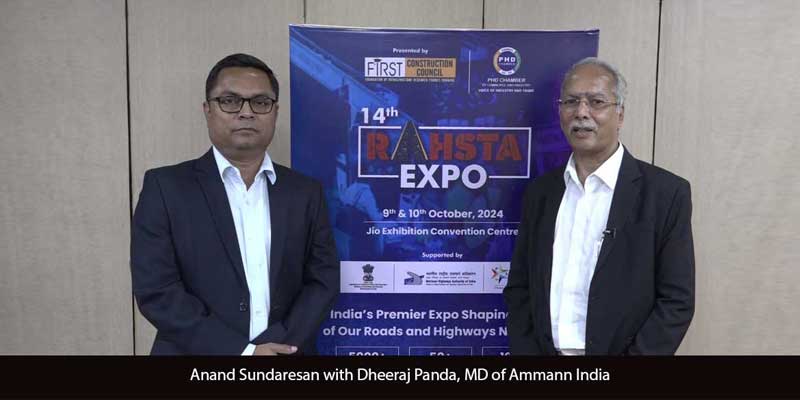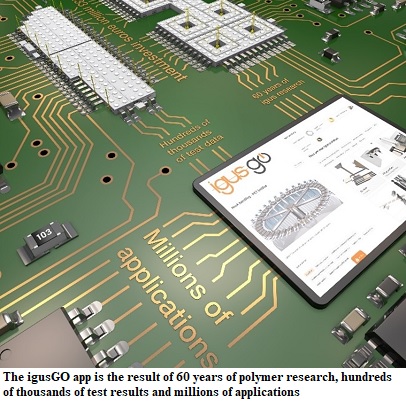Schedule a Call Back
Manufacturing for Industry 4.0
 Technical Articles
Technical Articles- May 31,18

Related Stories

India: Leading global manufacturing
On April 11, 2024, the Asian Development Bank (ADB) - following the International Monetary Fund (IMF), World Bank, and Moody’s - raised India’s GDP growth forecast for 2024-25 to 7 per cent from..
Read more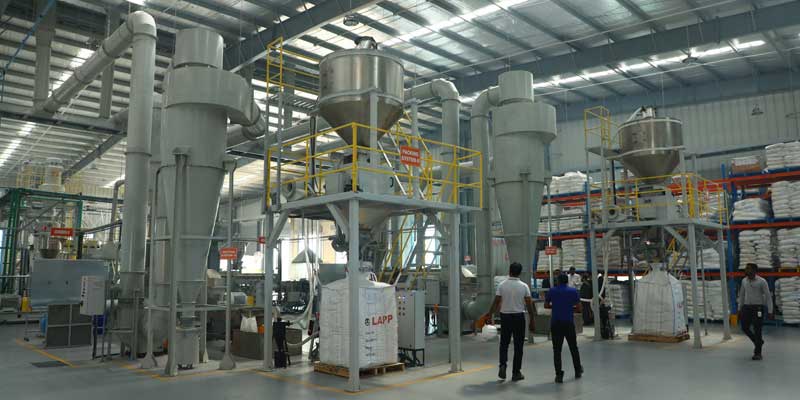
India: A responsible leader in the evolving manufacturing sector
India's growing manufacturing sector, coupled with its commitment to sustainability, presents a unique opportunity for the country to become a global leader in responsible manufacturing, says Marc J..
Read more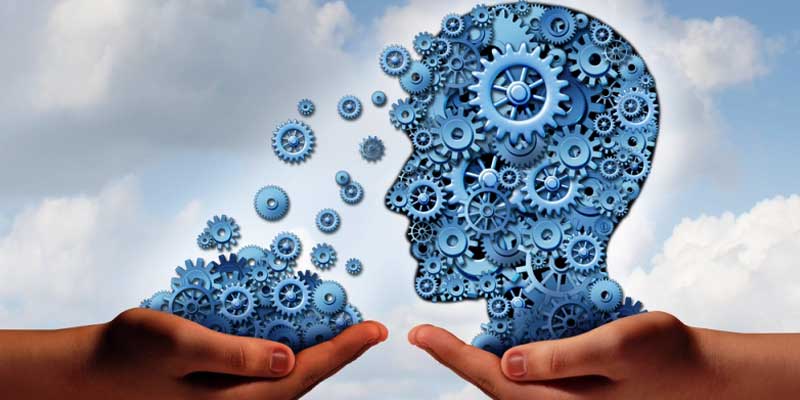
India: An emerging manufacturing hub
The contribution of the ‘industry’ sector – which includes manufacturing, mining and quarrying and allied industries – has been consistently around 25 to 30 percent in the last ten years, sa..
Read moreRelated Products
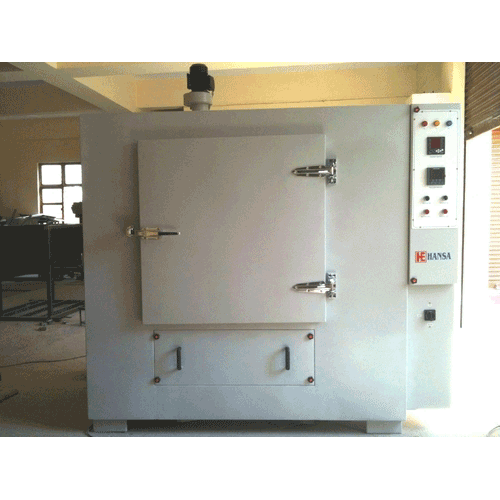
Heavy Industrial Ovens
Hansa Enterprises offers a wide range of heavy industrial ovens.
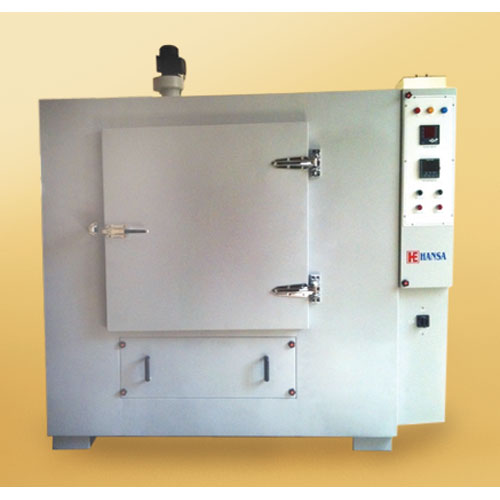
High Quality Industrial Ovens
Hansa Enterprises offers a wide range of high quality industrial ovens. Read more
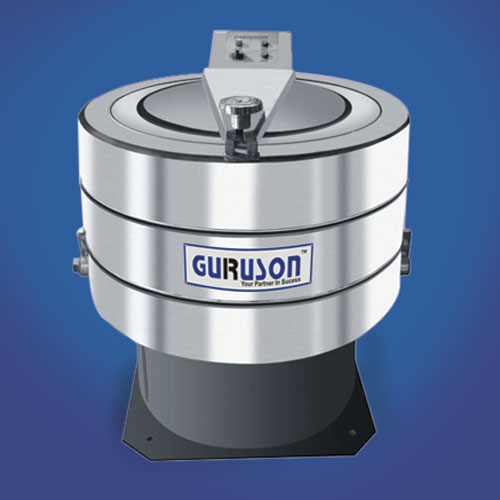
Hydro Extractor
Guruson International offers a wide range of cone hydro extractor. Read more




